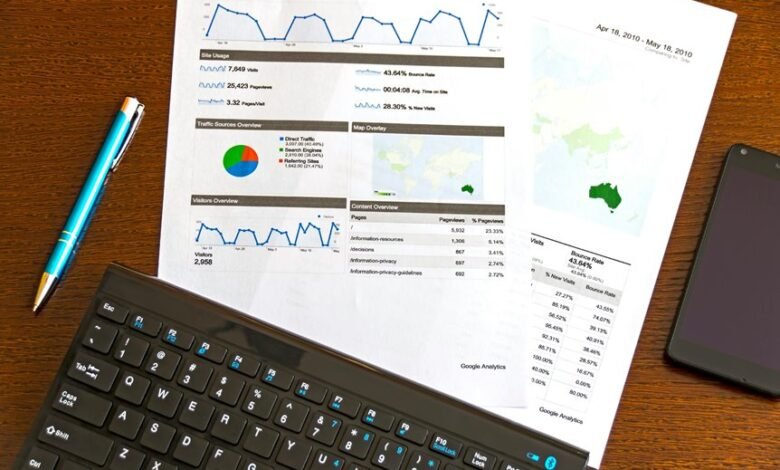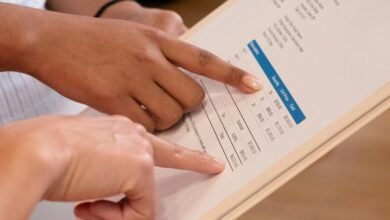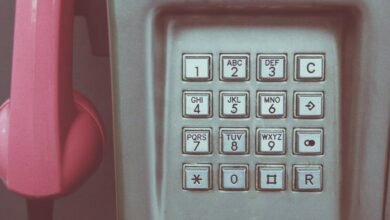Check Number Authenticity Report 3275993425 3299820949 3510034243 3887562667 3501379965 3317084825

The Check Number Authenticity Report for the specified series of checks presents a critical analysis of potential fraudulent indicators. Each check number, from 3275993425 to 3317084825, warrants meticulous scrutiny. Factors such as signature discrepancies and print quality are pivotal in assessing legitimacy. Understanding common red flags is essential for financial security. However, the process of verification extends beyond mere observation, raising questions about the efficacy of current safeguarding practices. What measures truly ensure trust in these transactions?
Overview of Check Numbers
Check numbers serve as unique identifiers for financial instruments, specifically checks, used in banking transactions.
Various check number formats exist, typically comprising a sequence that includes the bank’s routing number and the account number.
To enhance security, checks incorporate check security features, such as watermarks and microprinting, which help to prevent counterfeiting and ensure the authenticity of each transaction, thereby supporting individual financial freedom.
Analyzing Each Check for Authenticity
When assessing the authenticity of a check, it is crucial to examine several key components that can indicate potential fraud.
Analyzing check number patterns can reveal inconsistencies, while employing verification techniques such as cross-referencing bank information enhances accuracy.
Each check must be scrutinized for these elements, ensuring that any anomalies are identified promptly, safeguarding against financial deceit and preserving individual autonomy in transactions.
Common Red Flags to Watch For
Identifying potential fraud requires vigilance in recognizing common red flags associated with checks. Key indicators of fraud include mismatched signatures, poor print quality, and the absence of watermarks.
Additionally, discrepancies in account numbers and unusual payment amounts can signal counterfeit checks. Effective fraud detection hinges on awareness of these signs, enabling individuals to protect themselves against financial loss and unauthorized transactions.
Best Practices for Verifying Check Legitimacy
To ensure the legitimacy of a check, individuals should implement a series of verification steps that can minimize the risk of fraud.
This includes conducting check verification by contacting the issuing bank, examining the check’s security features, and comparing signatures.
Additionally, individuals should be vigilant about discrepancies in amounts or dates, enhancing overall fraud prevention efforts through thorough scrutiny and informed decision-making.
Conclusion
In the intricate tapestry of financial transactions, the authenticity of check numbers weaves a critical thread that upholds trust and security. As the magnifying glass reveals potential red flags, such as mismatched signatures or faded ink, the importance of vigilance becomes clear. Each check serves not merely as a piece of paper, but as a key safeguarding one’s financial fortress. By adopting diligent verification practices, individuals can illuminate the shadows of deceit, ensuring their monetary landscape remains robust and secure.




